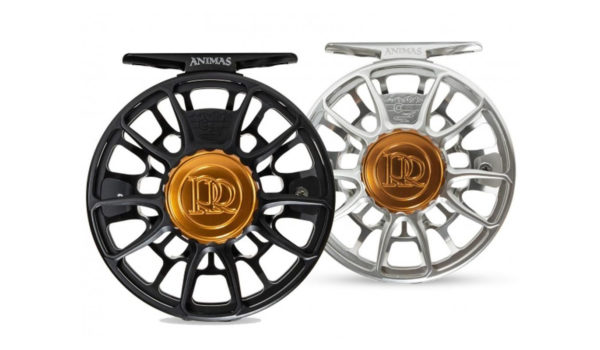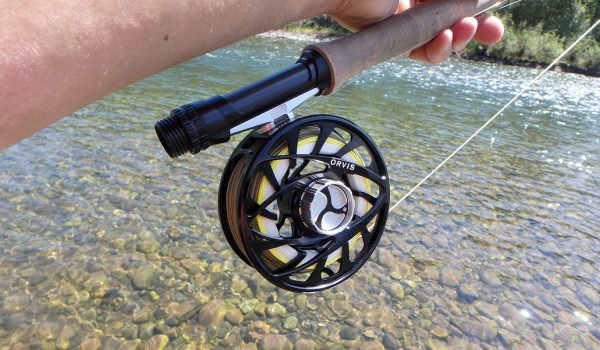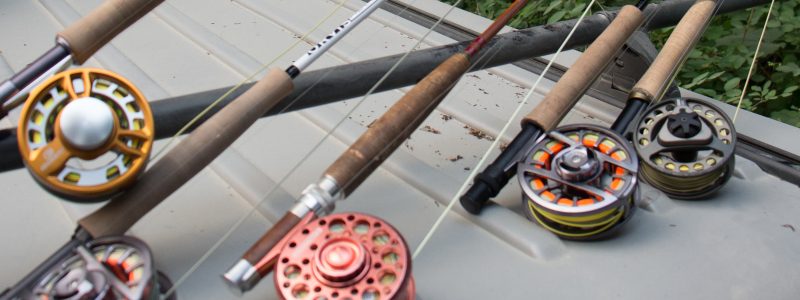
The Best Fly Reels
When testing fly reels, our lead tester coordinates a team of amateur and professional anglers − including other outdoor journalists, photographers, fishing guides, fish biologists and game wardens − to use the reels mounted on a variety of rods. These set-ups are then fished in a variety of conditions in a broad range of locations. We fish small creeks, big western rivers, small warm-water potholes and deep mountain lakes. Testers dead-drift small dry flies and strip-in large streamers. The fly reels are loaded with weight-forward floating lines as well as sink-tip and straight sinking lines.
We have broken fly reels coverage into two core categories: Fly Reels for Trout Fishing and Specialty Fly Reels. General-purpose trout rods and reels represent the largest component of the fly fishing market, and so are our primary focus in testing reels is in the Trout Fishing category − reels suitable for 4- to 6-weight lines. In this specialty category, we look at reels designed for two-handed spey fishing, reels suitable for long saltwater lines, and even some purpose-built for warm-water species like bass and panfish.
How to Select the Right Fly Reel for You
The Best Fly Reels by: Dan Nelson
Fly fishing reels tend to be, first and foremost, line holders. For many fishing situations, when a fish is hooked, you’re more likely to simply strip line in rather than crank it in with the reel. But that’s not always the case, and when you do get a fish “on the reel,” it’s important that it performs as needed without fail.
As a line tender, reels must hold not only the fly line appropriate for your rod, but also enough backing − non-casting line attached to the back-end of your fly line. Backing serves a couple purposes. First and foremost, it gives anglers the security of having enough line length to let fish run if they are big and strong enough to break your thin tippet material. Letting a powerful fish run lets you tire it out enough that you can reel it in without breaking off. Having the extra reach provided by backing comes into play not just with big, strong fish, but also when the fish are diving in deep water, or running downstream in strong currents.
Backing also gives a bit of extra girth to your reel’s arbor, allowing you to pick-up line faster than if it was wound directly onto the reel arbor. Your reel should typically hold 70 to 100 yards of backing, with room enough for the line to fill the spool the rest of the way without pinching.
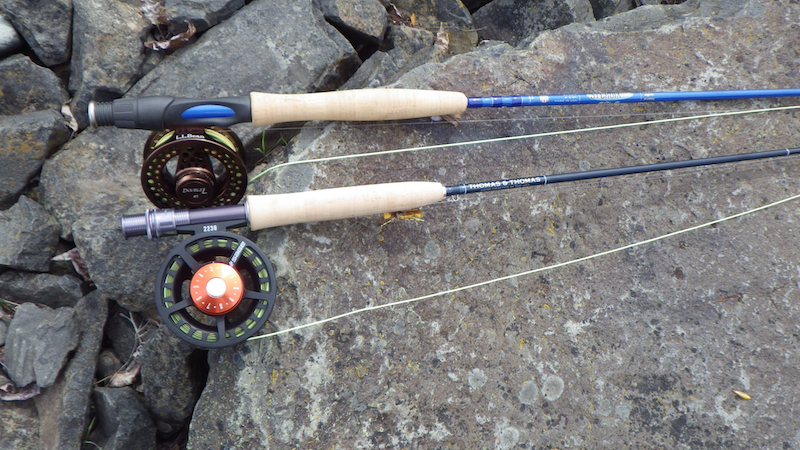
Modern reels have four main components: feet, body, drag system and spool. Today, reels typically have uniformly sized mounting feet so they’ll function with any rod of suitable line weight. The mounting foot is attached to the reel body either through a direct solder or with two or more screws.
The reel body provides the framework of the reel, and holds the other components in place. The drag system controls the friction placed as the spool line is played out. That is, the drag system allows anglers to control how much more effort is needed to pull line off the reel. The drag system can be included on the body or the spool, and is a generally controlled by means of a tightening knob on the body.
The spool slides onto the center axle of the reel body and it simply holds the backing and line. Many reel models allow fast removal and replacement of the spool, giving anglers the option of having different types of line spooled up and ready to use on the reel. In this way, anglers can fish nymphs deep in a river during the afternoon, but switch over to the floating line for dry fly fishing when the evening mayfly hatch occurs.
In years past, reels were constructed from brass, steel and Bakelite (a predecessor to plastic). But today, most reels are either machined out of solid aluminum blocks, or cast by pouring molten aluminum into molds. Whether cast or machined, they are usually then given a surface treatment that provided added strength and durability while also providing decoration. These surface treatments include anodization, power coatings and enamel paints.
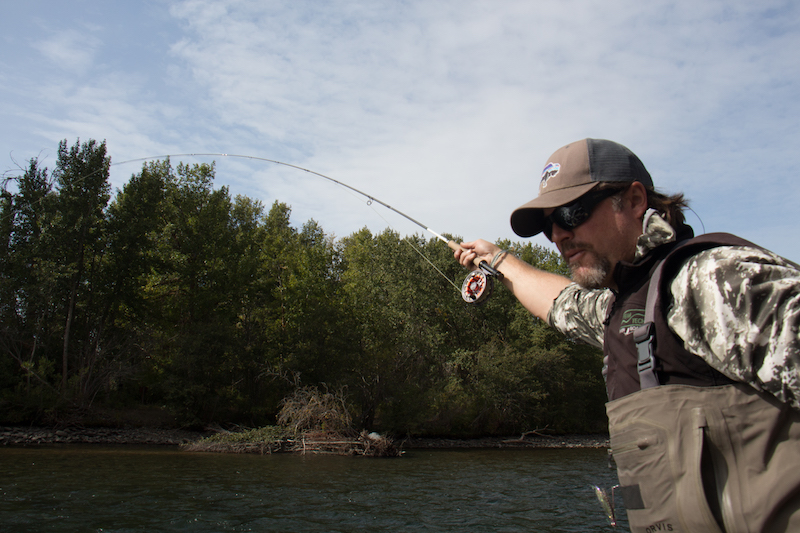
1. Identifying Your Reel Needs
When selecting a new fly reel, your first step is to identify your needs, especially what size rod and line you will be fishing. Fly rods are ‘sized’ to match the weight of fly lines. So, a 5-weight fly rod is made to cast a 5-weight fly line. Fly line weight, meanwhile is a hold-over reference to an antiqued method of weighing fly line and today, line weight is measure in grams per section of line.
Fortunately, anglers don’t need to know the conversion factors. Just plan on using 5-weight lines on 5-weight rods, and therefore you need a reel sized to hold a 5-weight line and the appropriate amount of backing.
You’ll also need to understand where you’ll fish and what kind of fish you’ll target. If you plan to use the reel in a multitude of situations, having a reel with an easy spool change-out option will be important. This option saves you the trouble and expense of buying multiple reels − the spare spools typically cost significantly less than half the price of a new reel.
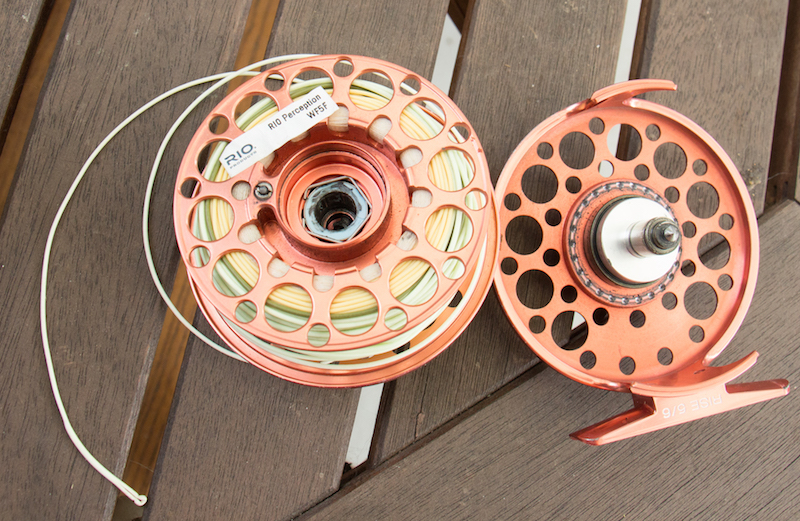
2. Reel construction and design considerations
Though reels primarily function as simple line management tools, their design and construction can have huge impacts on the process of fly fishing.
Weight
Positioned at the extreme butt end of a fly rod, the reel acts as a counterbalance to the swing-weight of the rod. So a reel that is too heavy, or too light, can affect your normal casting action. During a long day of fishing, a heavy reel can lead to arm fatigue while also making it more difficult to maintain good line speed while casting. A light reel, meanwhile, can unbalance your cast just enough to encourage your rod tip to oscillate, throwing off the accuracy of the cast.
Spool Size and Line Retrieval
Traditionally, fly reels tended to be small and compact. But since the basic design of the reel, even today, utilizes direct 1:1 pick-up − that is, one crank of the reel puts one loop of line around the reel’s center arbor − a larger arbor makes for faster line retrieval. But larger arbor designs tend to add weight.
Today, many reels feature medium to large arbors. For general trout fishing, most anglers find a standard or medium-large arbor suitable. Since the reels are not always used to retrieve fish −instead, line is simply stripped in to pull in hooked fish − benefits of a larger arbor are offset by the increased weight of the design. On the other hand, when fishing big water where longer casts are needed, or when pursuing larger fish that can’t be controlled by hand-stripping, a large arbor can be a boon.
Durability
Depending on where and how you enjoy fishing, your gear will receive some level of abuse. When wade-fishing up remote mountain rivers, rods and reels are subjected to bumps and strikes on trees, brush and rocks. Even when fishing from drift boats, reels can be knocked against gunnels and boat hulls, dropped on raft frames or bumped against river rocks.
The materials and design of the reel help determine how the reel stands up to that abuse. Cast aluminum construction costs less, thus keeping the price lower, but cast materials crack and split easier than machined aluminum parts. Machined aluminum reel components are light and strong, but the cost of production is high, driving up the price of the finished reel.
Other factors to consider are the coatings and treatments of the reel components. Simple paint looks nice, but can be chipped and damaged easily. Powder coatings are more durable, but anodized finishes are even more durable and can enhance the strength of the material it covers.

3. Reel Performance
Given that the reel is one of the two most important pieces of gear in the sport of fly fishing (the other being the rod <<[link to rod CLP]>>, the performance of the reel is vital. How the reel reacts when peeling off line for casting, how it handles under the pressure of fish on the line, and how easy and comfortable it is when cranking in line are all key considerations.
Drag Action
The drag system controls the friction placed on the spool. The simplest drag is a spring-based system known as click-and-pawl. This decades-old design is simple to operate and is simple to maintain, but it does lack the wide range of adjustment found in modern disc drag systems.
Disk drag systems use screw-down adjustment knobs to vary compression against disks attached to the reel spool. The more compression, the harder it is to turn the spool. These systems boast a wide range of adjustment, but they are susceptible to interference from sand and grit that gets inside the reel.
A higher-performance version of the disk drag is the sealed disc drag system. This includes a sealed housing around the disc, making it immune from debris. These systems typically boast minute adjustments, allowing for perfect tension adjustments for your current needs.

4. Look and Feel
When spending upwards of several hundred dollars on a product, you’ll want it to look nice and represent your interest in the sport. Some reels today sport elaborate paint jobs − or printed vinyl overlays − that resemble fish skins, abstract art, or even pop culture images (see Abel’s Grateful Dead reel). Others show pure engineering artistry in their design. But all the best reels will exhibit a good deal of visual appeal.
Beyond its looks, though, is the reel’s feel. When using the reel − and even when simply casting your favorite rod mounted with the reel − your interaction with it is the final factor in establishing its value.
Balance on Rod
The first consideration in the feel of the reel is its balance on the rod when casting. The reel should be heavy enough to anchor the rod butt in your hand without feeling unbalanced or awkward. Before buying a reel, we recommend mounting it on a rod you plan to use it with, and then practice casting. Most good fly shops will allow you to load up a reel with backing and line to do this. You’ll want to experience the balance of the loaded reel on your own rod.
Ease of Use in Hand
While practice casting, consider how the reel feels as you go through various exercises. Can you easily tweak the drag setting while stripping in line? Do you need to look for the control knob − this taking your focus off your hooked fish, even momentarily − or can you make the adjustment blind? Is the reel’s crank handle/knob easy to grip and operate when you have a fish on the reel? Some reel makers prefer to integrate small crank knobs on the reel to avoid having them catch loose line, or clothing, but small knobs can be harder to grip when you have a big fish on the line. Again, practice casting and reeling will give you a lot of useful information about how the reel feels in hand while fishing.
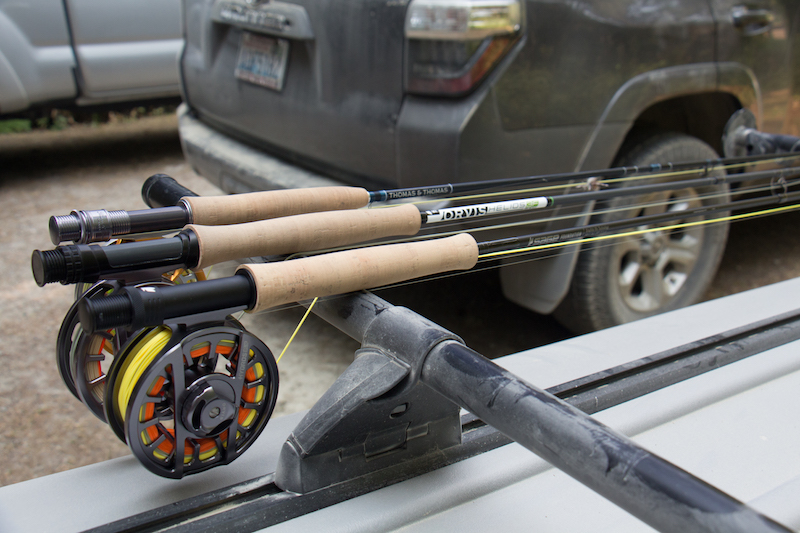
5. Price Versus Value
The final consideration when selecting a new reel has to be price. And the decision can be difficult given the wide range of prices.
The most commonly sold fly fishing reels are those designed for 5-weight lines. In this category, you can find retail prices from $20 to $1,000. With a range that broad, it’s important to remember price and value aren’t the same thing. Price is easy − the cash outlay needed to acquire a reel. But while value considers that upfront price, it also includes the performance of the reel and how well it fits in with your specific needs.
The price of a reel doesn’t necessarily reflect its quality, but some design features do drive prices upward. Reels produced in the US typically carry a higher price tag than those made off-shore due to higher labor costs. Machined aluminum components cost more than cast aluminum parts. Sealed disk drag reels are expensive to produce so they cost more than open disks or click-and-pawl system. And elaborate finishes cost more than simple anodization (in some cases, reel makers have to pay royalties to use professional art on their products).
Consider all these factors, figure out what features you absolutely need and which you want but can live without, and then identity the reels that best match those findings within your price range.
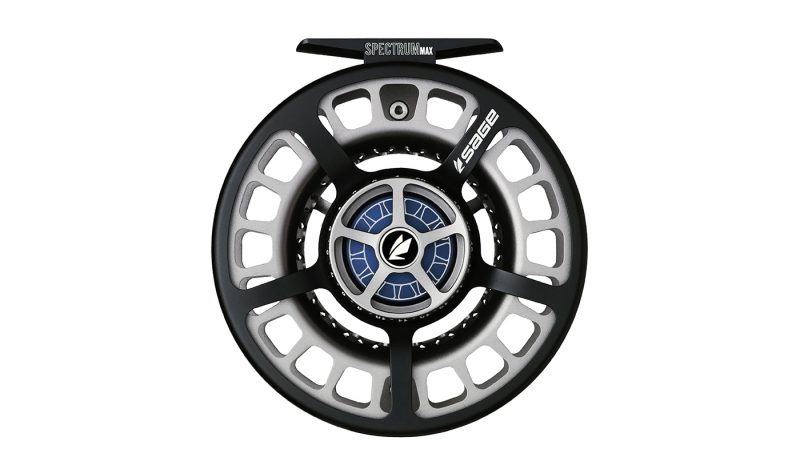
The Sage Spectrum Max earned top scores from every tester in this year’s class. The Spectrum MAX offers great performance, with unmatched durability. The spool size is large enough to keep it near the top of the line-retrieval ratings, and the Spectrum MAXs weight is one of the lowest in the class. In short, Sage has designed a reel that’s light, efficient, durable and easy to use. The price is significant, but it’s not the most expensive. The result is a Best in Class winner.
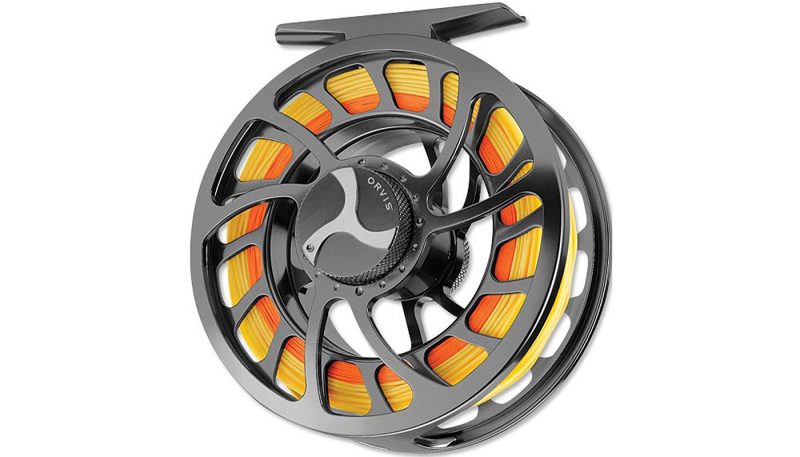
The Orvis Mirage IV Reel earned rave reviews from test team members thanks to its incredible durability and smooth drag system. We bounced the reel (and rod) off a 20-foot drop onto volcanic rocks on the southern coast of Maui, with no loss of functionality, and only a few minor scratches. The Mirage’s balance on the rod also drew testers’ praise. The strongest drawback to the Mirage is its cost, but though the reel carries a premium price, it delivers premium performance.
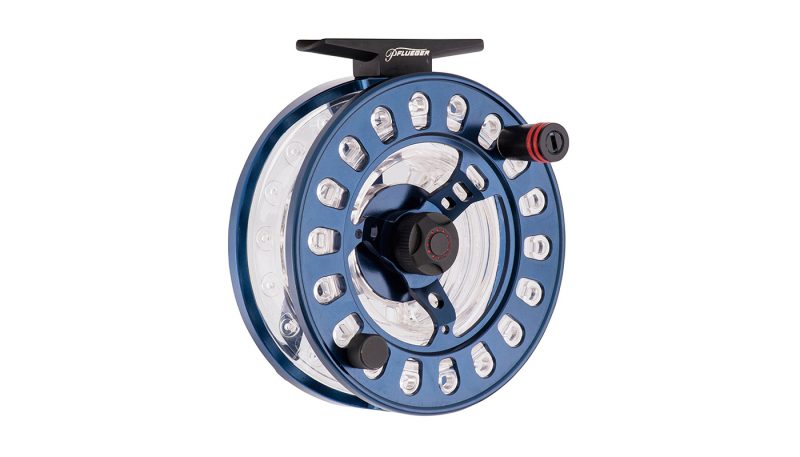
The Pflueger Supreme QRS series presents an intriguing concept — cassette-based line management for fast, affordable changes from floating, to sinking-tip, to shooting lines. The idea of simply popping an inexpensive polycarbonate line cassette off the reel spool and dropping in a replacement with a different line is great. Pflueger’s implementation of that idea is okay, but there are some limitations. For those on limited budgets, or for anglers who only rarely get out into the salt, the Supreme QRS is a workable alternative to owning multiple reels or reel spools. But it’s not the best solution to the problem of needing multiple line systems.
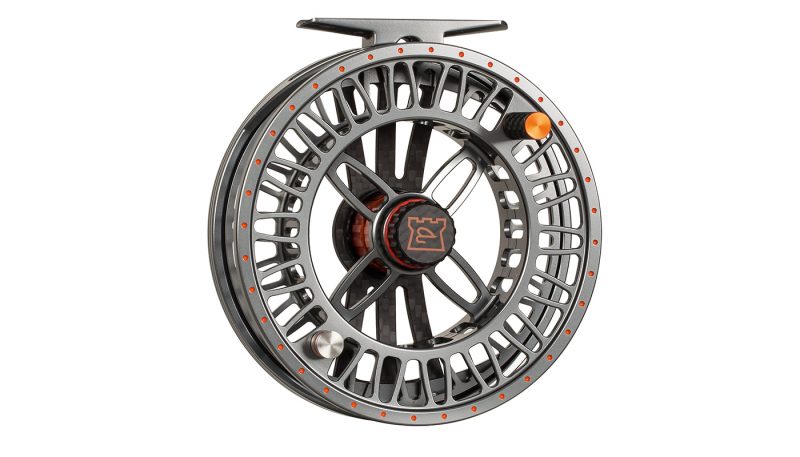
The Hardy Ultralight MXT is a lightweight reel suitable for moderate saltwater fishing action. Smaller than other reels in the class, the Ultralight MXT worked well in pursuit of bonefish and sea-run cutthroat. But it is marginal when matched against more powerful fish like Permit and Salmon. The small arbor resulted in slower line retrievals, and less backing – just 125 yards of 20 lb back as opposed to the 200+ available on others in the class.
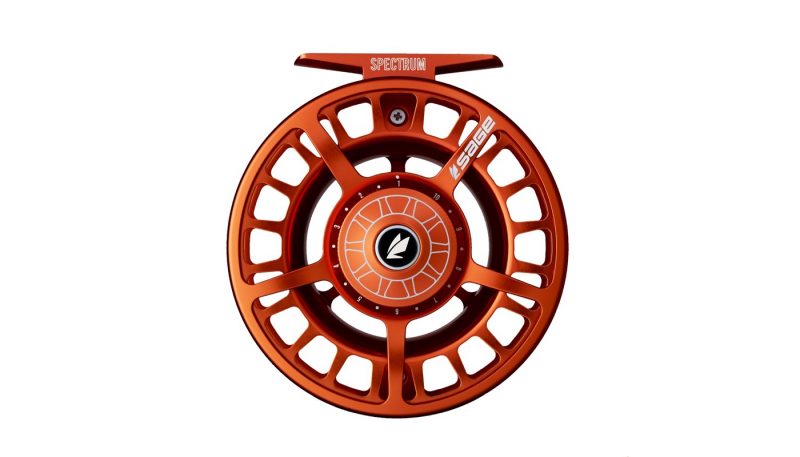
The Sage Spectrum earned near perfect marks from myself and the review team after exhaustive testing in a variety of conditions and situations. I found the Spectrum a wonderfully reliable tool, no matter how badly I treated it. Dunked into murky sand-filled waters? No problem. Dropped over a bridge on concrete below? Still works perfectly with hardly a scratch. Booted around the bottom of the boat for a day or so? Drag was still perfectly tuned for smooth operation. The Spectrum is the lightest reel in this class, with the second-biggest arbor size. I couldn’t find a better reel this season, and my team of testers unanimously agreed – it is the Best in Class Trout Reel for 2018.
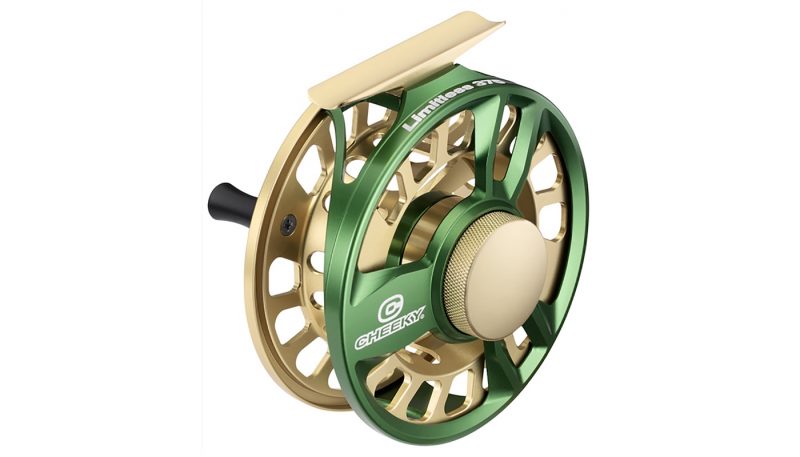
The Cheeky Limitless earned praise from everyone who used it – I especially appreciated the reel’s durability and toughness. I tend to bang around a bit when I’m wade-fishing, and my gear gets bumped, bashed, and ground into river grit on occasion. The Limitless took ample abuse and still performed flawlessly. The drag offered smooth control of the line even after being ground into a sandbar, and the large arbor hauled in line quickly. However, the Cheeky did weigh a bit more than others in the class, and it was the highest priced as well. But all in all, the Cheeky Limitless proved it is a solid performer in the trout reel category.
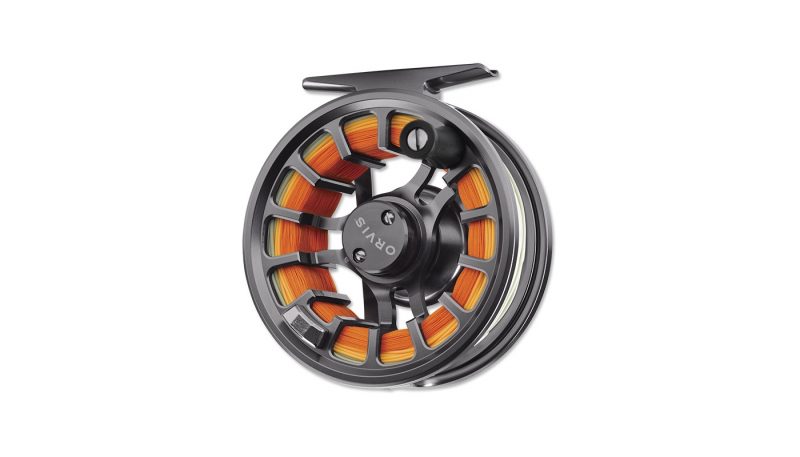
The Orvis Hydros SL II Reel was a favorite of many of our test team members, in large part because of its weight, durability, and smooth drag system – though the asymmetric design of the drag control knob raised concerns with some. The Hydros’ balance on the rod was a strong point in its favor, and the Hydros proved to be reliable even after rough handling in gritty situations, such as hiking in to fishing locations in the high desert of Eastern Washington.
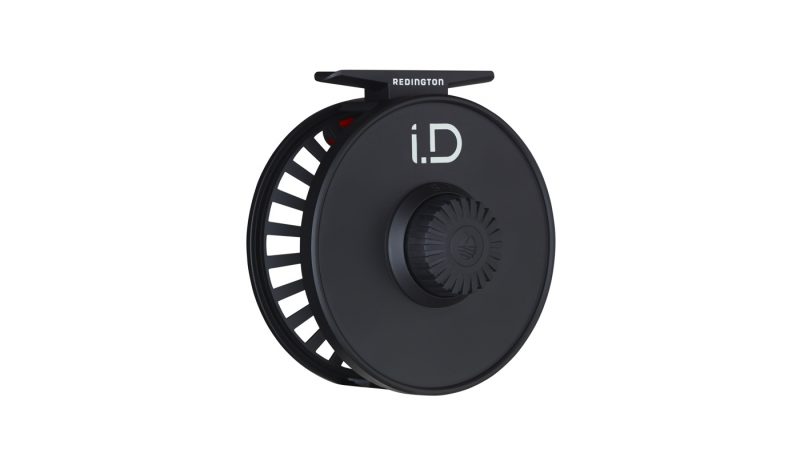
The Redington i.D. reel provides good functionality with a unique flair for fashion thanks to its customizable nature. The smooth, blank face of the i.D. accepts preprinted vinyl decals so users can highlight their own personality with their reel design. Though that fashionable design capability of the reel gets the most attention, the reel’s performance is worth noting as well. While it is a tad heavy compared to others in the class, the i.D. offers good line management at an affordable price.








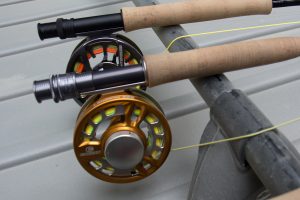
 93
93 


